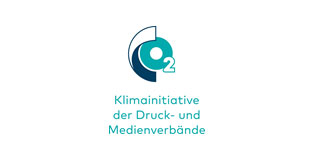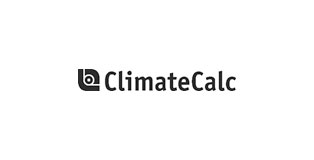PRINT’S CARBON FOOTPRINT
Value Chain
See the brochure here
Assessing carbon footprint in the printing industry
There are numerous tools available on the market to calculate the carbon footprint of a product or a company. However, the approach adopted by Intergraf is the only one which has been developed by printing industry experts for the printing industry and their products.
The European printing sector is equipped with a solid and harmonised tool to assess the carbon footprint of print products and print processes:
It also provides printers as well as print buyers with a concrete procedure to categorise parameters that influence carbon emissions and to prioritise reduction measures of CO2 emissions in the industry.
Intergraf Roadmap on CO2 calculation, CO2 reduction and CO2 compensation in the printing industry
The Intergraf Recommendations, first published in 2013, identify 13 parameters covering 95% of all carbon emissions of a print process or product.

Intergraf Recommendations have received international recognition with their inclusion in the ISO 16759:2013 standard on the quantification and communication for calculating the carbon footprint of print media products.
In the Publishing 2030 Accelerator – CO2e emissions calculation for printed books, they are also recognised by the International Publishers Association (IPA) as the approach to use for the assessment of the printing part of the carbon footprint of a printed book.
In addition to being industry-specific, the Intergraf Recommendations represent a neutral and credible approach as they cover the 3 scopes of the Greenhouse Gas Protocol. Scope 1 covers all direct emissions, scope 2 covers the indirect emissions related to energy consumption and scope 3 covers all other indirect emissions from the supply chain. Scope 3 is a key element for the carbon footprint calculation in the printing industry as over 70% belong to it, with the production of substrate being the main element.
Based on the Intergraf Recommendations, 2 practical tools have been developed by industry experts. The carbon calculators are tailored to the industry and both tools provide users with the possibility to work on reducing their emissions as well as on improving their energy efficiency. Moreover both tools can provide the calculations for the entire company or for a specific print product.

The Klimainitiative der Druck und Medienverbände (Climate Initiative of the Printing and Media Associations) gives German companies the opportunity to offer customers climate neutral products – including offsetting unavoidable emissions. It can make calculations for sheetfed offset printing, web offset printing, gravure printing, digital printing, packaging printing, and envelope printing.

ClimateCalc takes a lifecycle perspective to provide exact information on the climate impact of individual graphic products produced in Europe. It takes into account data about the raw materials used to create the product as well as about the graphic company producing it. The system is set up for calculating based on national emissions factors. It is available for all companies at international level. It is available in several languages and used currently in 17 countries.







